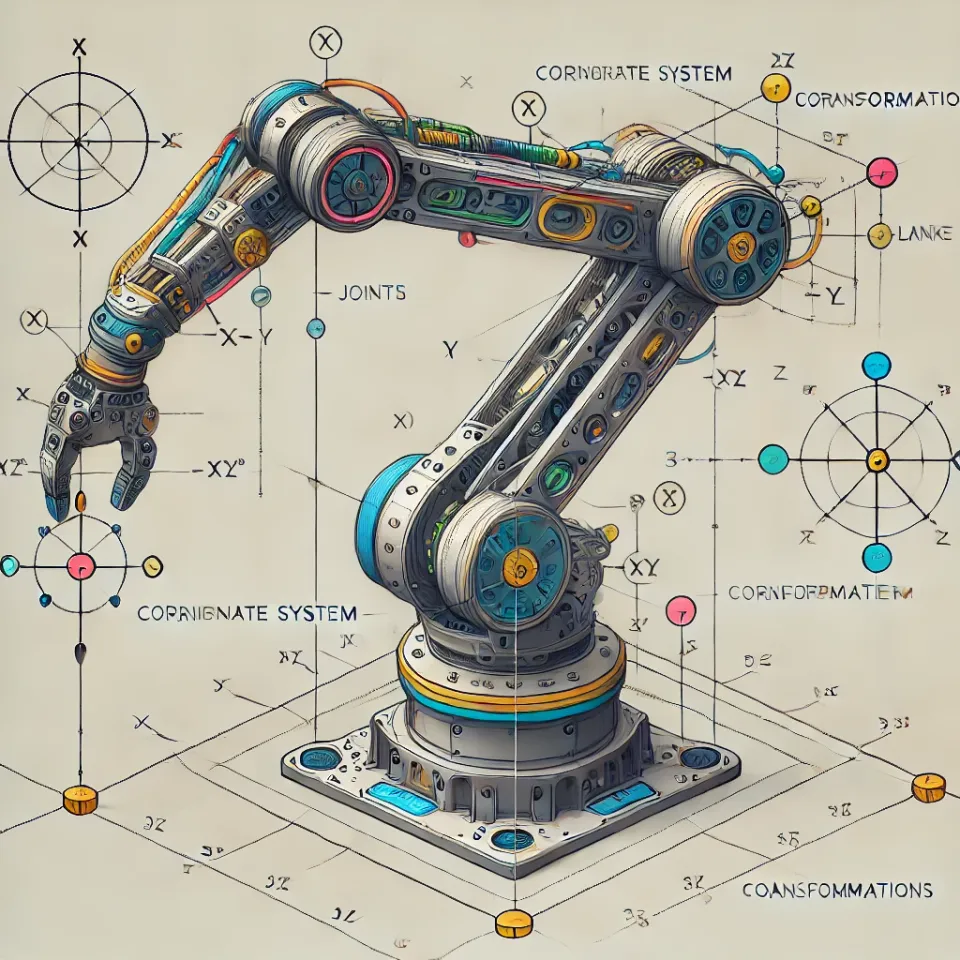10 Representations of Rigid Body Transformations

Here are 10 different Representations for Rigid Body Transformations: These representations have applications in robotics, computer vision, computer graphics, flight dynamics, quantum mechanics and more.
1- Euler Angles: Simple and intuitive angles representing rotations around three coordinate axes.
2. Rotation Matrices: 3x3 matrices representing precise rotations in three-dimensional space.
3. Unit Quaternions: Compact four-dimensional vectors offering efficient interpolation and no gimbal lock.
4. Axis-Angle Representation: A three-dimensional vector combined with a scalar, representing the axis and magnitude of rotation.
5. Exponential Coordinates: Representing rotations as an exponential map of a tangent vector, providing a compact representation.
6. Translation Vectors: Three-dimensional vectors representing displacements along X, Y, and Z axes.
7. Homogeneous Transformation Matrices: Combining rotation matrices and translation vectors for unified representation and composition.
8. Dual Quaternions: Pairs of quaternions encoding both rotation and translation, offering compactness and efficiency.
9. Plücker Coordinates: Compact parameters describing the orientation and position of lines or screws in three dimensions.
10. Screw Theory: A mathematical framework representing the motion of rigid bodies using screws, unifying rotation and translation.


Member discussion